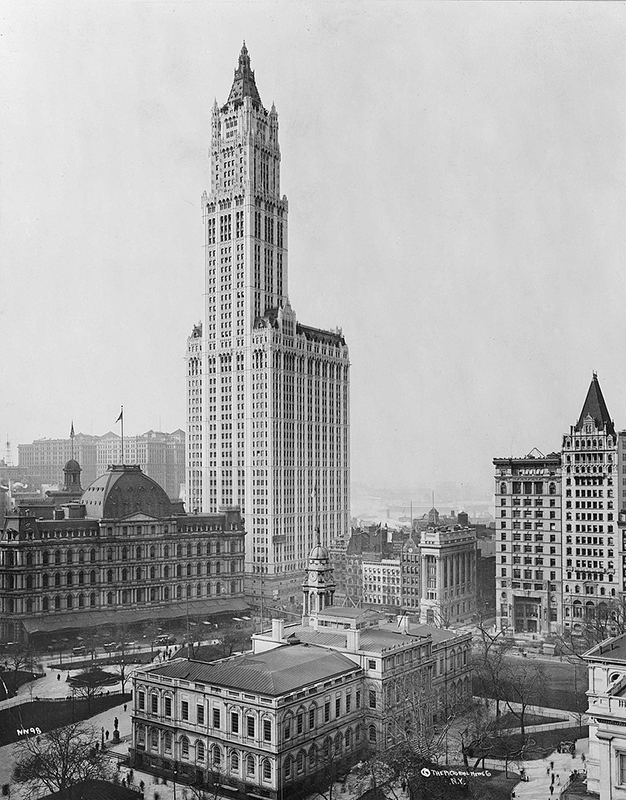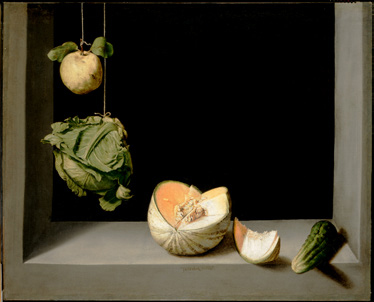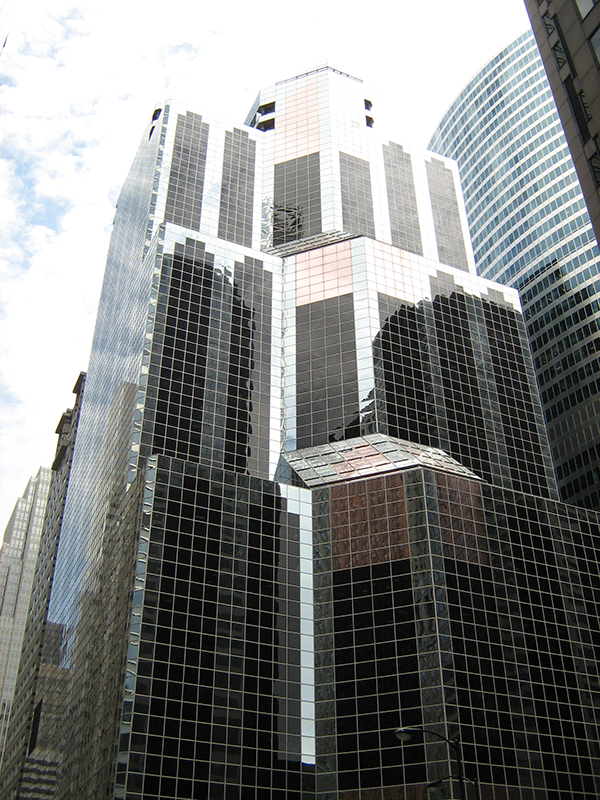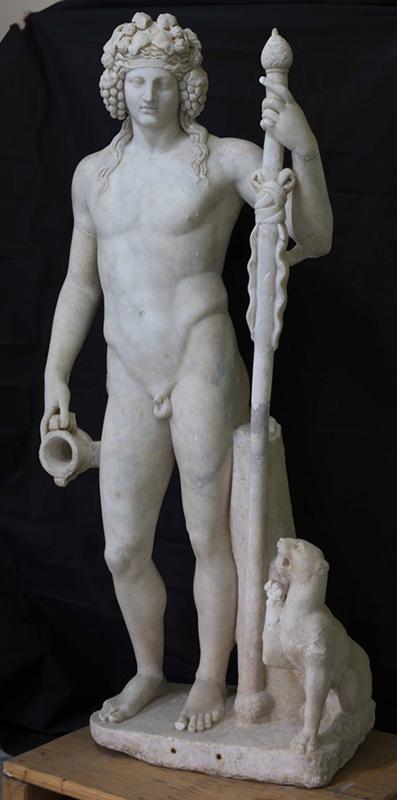
Fralin Museum of Art at the University of Virginia, Charlottesville, Virginia
When you picture a skyscraper, what do you see? Presumably, sleek lines, walls of windows, and maybe an indoor waterfall. However, the architectural language of the most iconic skyscrapers in the US was defined in the early twentieth century by European Gothic models. Such soaring edifices as the Woolworth Building in New York or Chicago’s Tribune Tower became symbols of colossal national growth and immense cultural shift. An exhibition at the Fralin Museum of Art — Skyscraper Gothic — celebrates the illustrious history of these beautiful buildings. Examining a vast array of documents and artifacts — from prints, drawings, and photographs to toys, models, and decorative arts — the exhibition examines how Gothic design informed material culture in the early 20th century. To see this monumental exhibition in person, check here to plan your trip.

San Diego Museum of Art, California
Exhibitions of contemporary artists’ responses to historical art are in vogue right now. At the San Diego Museum of Art, you will find a captivating new video work by artist Cauleen Smith in conversation with its inspiration, the c. 1602 Still Life with Quince, Cabbage, Melon, and Cucumber by Juan Sánchez Cotán. In Juan Sánchez Cotán and Cauleen Smith: Mystical Time and Deceptive Light, Cauleen Smith addresses the celestial and often-times eerie quality of shadow and light in Cotán’s work and what she describes as “the void” that is integral to Cotán’s compositions. Mystical Time and Deceptive Light closes its doors on September 6 so, check here to plan your visit to the museum before the exhibition closes.

Chicago Architecture Center, Illinois
The late German-American architect Helmut Jahn is memorialized worldwide for his architectural designs, which include the Sony Center on the Potsdamer Platz in Berlin, One Liberty Place in Philadelphia, and the Suvarnabhumi Airport in Bangkok. And now Jahn is being lionized with an exhibition at the Chicago Architecture Center appellated Helmut Jahn: Life + Architecture. Curators at CAC drew from private and public collections to display photographs, models, and sketches of each of Jahn’s projects, as well as personal photos, videos, and anecdotes from those who knew and worked with Jahn. Together, museum visitors are presented with a diligently curated celebration of Jahn’s life and work. Before making your way over to the museum, organize your trip here.

Legion of Honor Museum, San Francisco, California
Picture this: the year is 79 CE and the residents of Pompeii are going about their usual business. In a matter of fifteen minutes, the entire city is buried under twenty feet of volcanic ash spouted by an eruption of nearby Mount Vesuvius. Now, roughly 1,940 years later, those Pompeiians are frozen in time as near perfect plaster casts. A source of intrigue for everyone from historians to elementary school students, the casts are the center of attention in the exhibition Last Supper in Pompeii: From the Table to the Grave at the Legion of Honor Museum. Last Supper in Pompeii brings museum-goers down to earth, highlighting the aspects of everyday life – food and drink in particular – that volcanic ash preserved, untouched by time. From pots and pans to works of art, the exhibition paints a detailed picture of normal life on the most un-normal day in Pompeii’s history. Make sure to plan your trip in advance here before the exhibition closes on August 29.
